Pipe wrench is also called chain pipe wrench. The utility model comprises a pliers handle and a chain hinged at one end with the pliers handle, and the front end of the pliers handle is provided with teeth engaging with the chain. Further, the chain is hinged to the pliers handle through the link plate, that is, one end of the chain is hinged to one end of the link plate, and the other end of the link plate is hinged to the pliers handle. The teeth at the front end of the pliers handle are distributed in an arc. When the chain pipe clamp is in operation, the non-hinged end of the chain is free and is not fixed or hinged with the handle of the clamp. The clamping and rotation of the pipe is achieved by the friction between the pipe and the chain around it. Torque is generated by the meshing force between the partial cone and the chain at the front end of the pliers handle. The pliers handle has no force application point on the surface of the pipe. Therefore, the chain pipe wrench according to the present invention overcomes the shortcomings of the existing chain pipe wrench, and can not only clamp and rotate metal pipe fittings, but also ceramic pipe fittings, thin-wall pipe fittings, plastic pipe fittings, etc. No bite marks are produced, and the surface of the pipe is not damaged.
First, the specifications of pipe wrenches are based on the full length:
Metrics are: 150mm, 200mm, 250mm, 300mm, 350mm, 450mm, 600mm, 900mm, 1200mm.
Imperial system: 6 inch, 8 inch, 10 inch, 12 inch, 14 inch, 18 inch, 24 inch, 36 inch, 48 inch
Second, use:
Clamp the pipe to make it rotate to complete the connection. Its working principle is to convert the force of the clamp into the torque. The greater the force used in the twisting direction, the tighter the clamp.
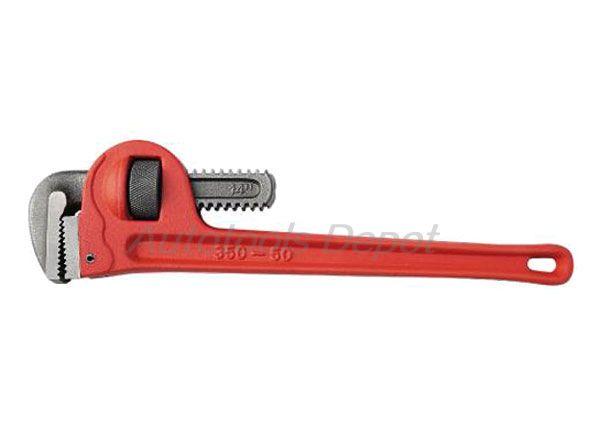
Third, working principle:
Use the taper of the jaw to increase the torque, usually the taper is 3-8 degrees, bite the tube, automatically adapt to different pipe diameters, and automatically adapt to the plastic deformation caused by the stress of the jaw on the pipe. Under the effect, the torque is guaranteed without slipping.
Fourth, precautions for use of pipe wrenches:
(1) Select appropriate specifications.
(2) The opening of the clamp head must be equal to the diameter of the workpiece.
(3) The clamp head should be tightened after clamping the workpiece to prevent slipping and hurting people.
(4) When using a booster lever, the length should be appropriate. When moving the handle, pay attention to the bearing torque. Do not use too much force to prevent overload damage.
(5) Keep the clamp teeth and adjusting ring clean.
(6) General pipe wrenches cannot be used as hammer heads.
(7) Do not clamp workpieces whose temperature exceeds 300 ° C.
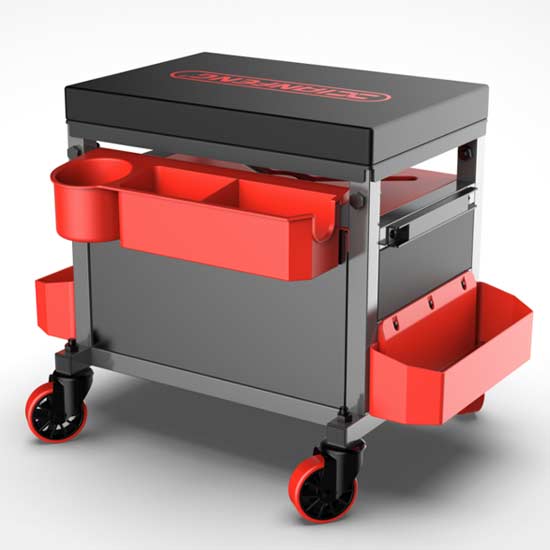 Tool seat
Tool seat
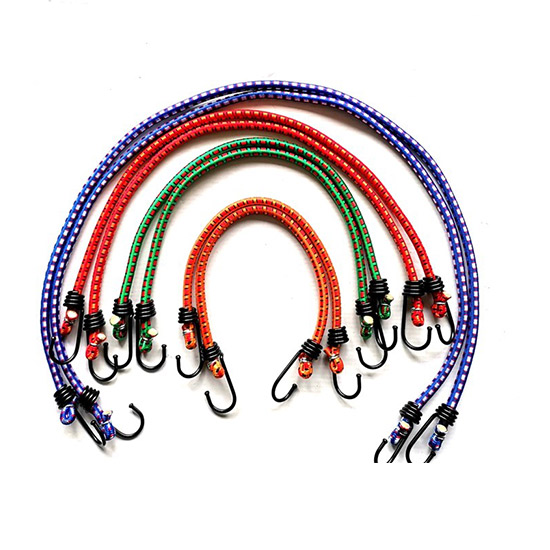 Stretch Cord
Stretch Cord
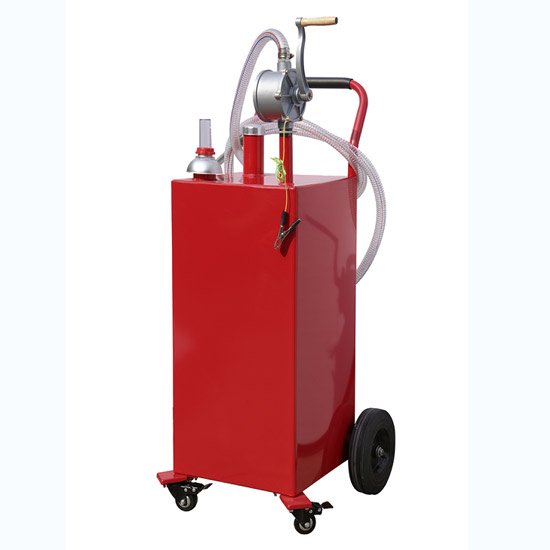 Oil Pump
Oil Pump
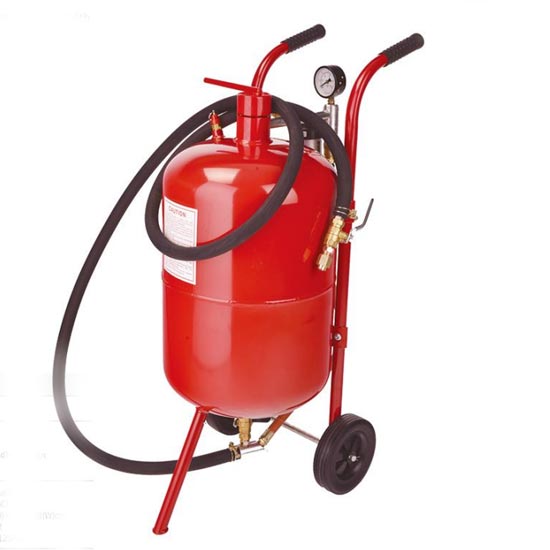 Sandblast Pot
Sandblast Pot
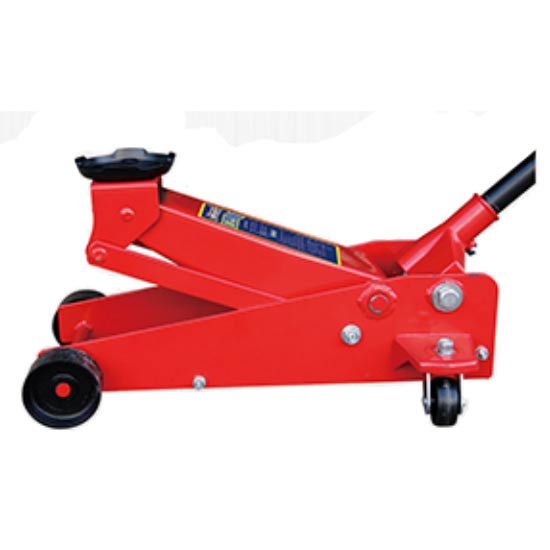 2.25 Ton Hydraulic Floor Jack
2.25 Ton Hydraulic Floor Jack
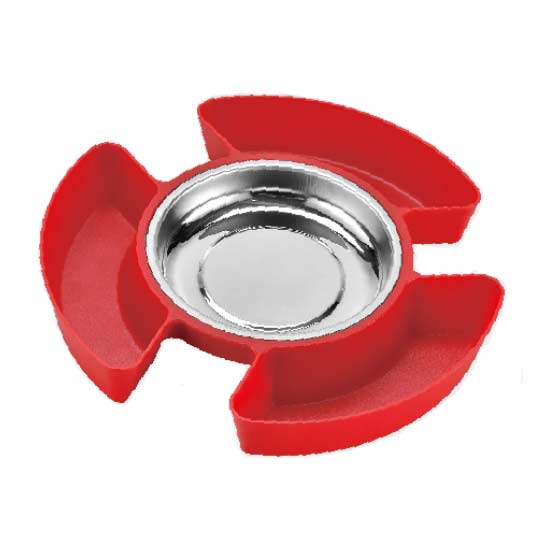 Magnetic Tray With Tool Plate
Magnetic Tray With Tool Plate
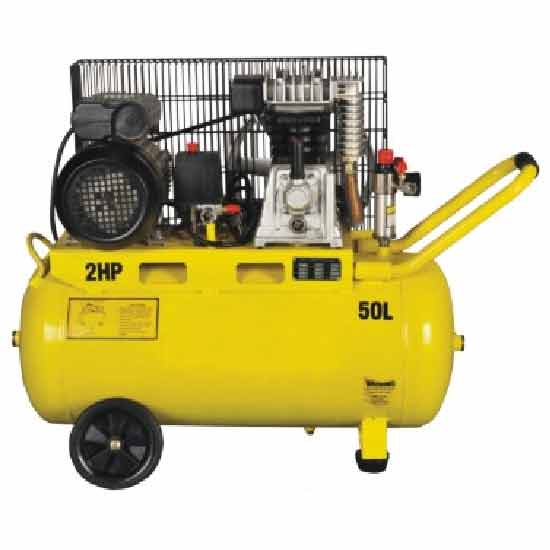 Single-stage Air-cool Movable Air Compressor
Single-stage Air-cool Movable Air Compressor
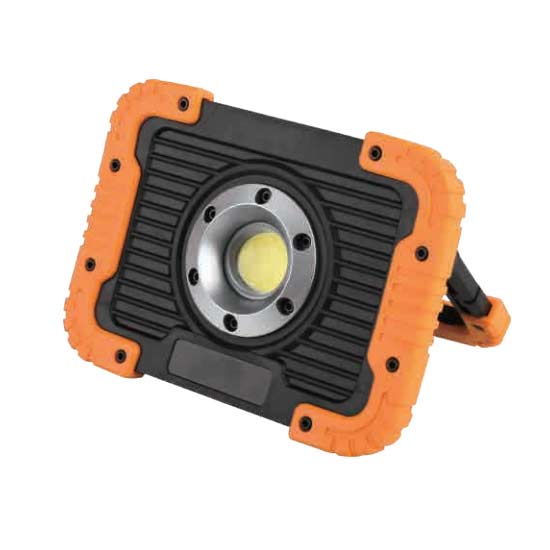 10W Rechargeable Led Flood Light
10W Rechargeable Led Flood Light
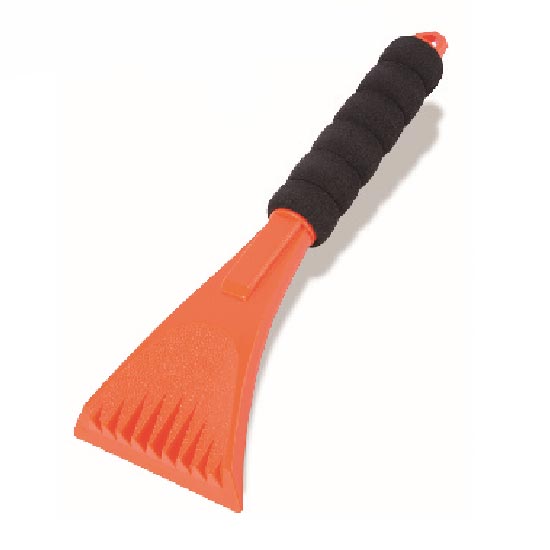 Ice Scraper
Ice Scraper
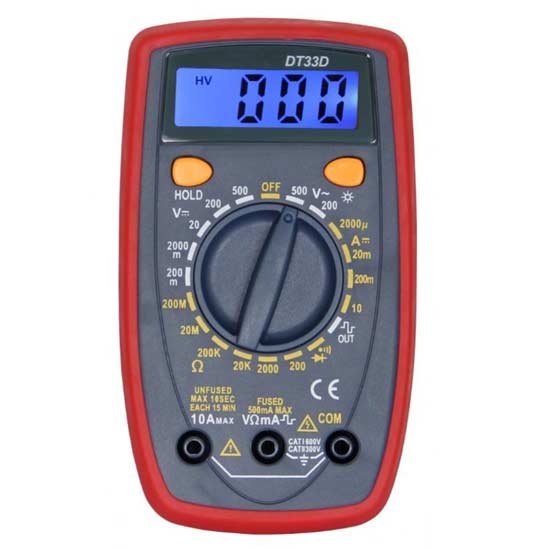 Small Multimeter with Backlight
Small Multimeter with Backlight
 Jump Starter With 4 Led Lights
Jump Starter With 4 Led Lights
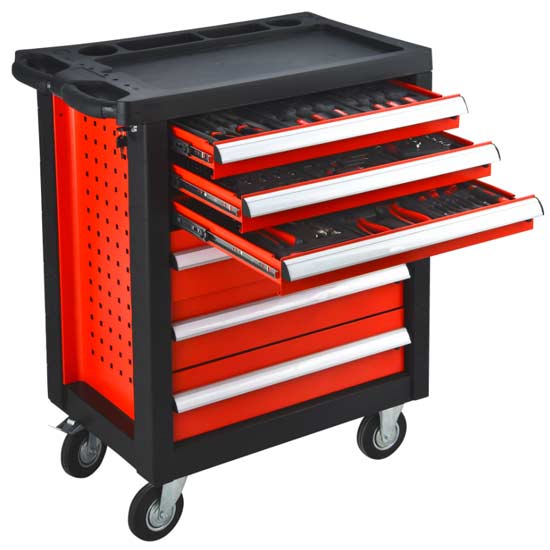 Steel Tool Cabinet
Steel Tool Cabinet
 Large Tool Cabinet
Large Tool Cabinet
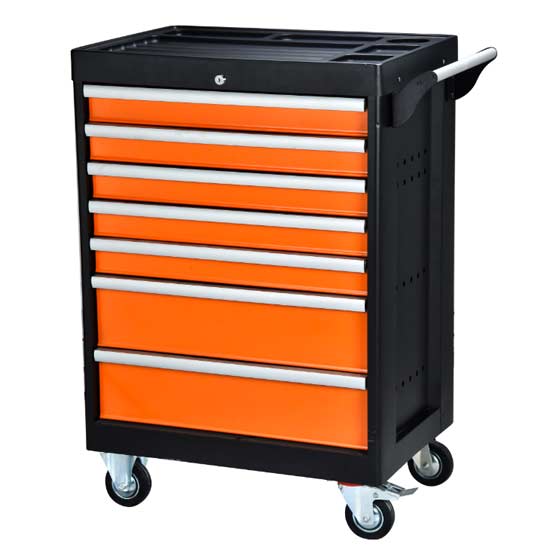 Tool Storage Cabinet
Tool Storage Cabinet
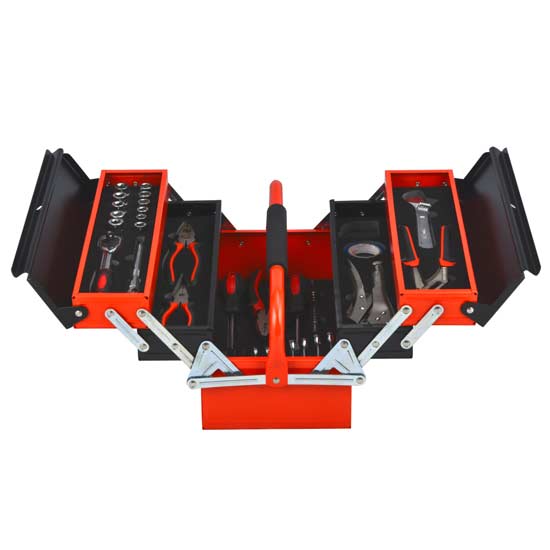 Metal Tool Box
Metal Tool Box
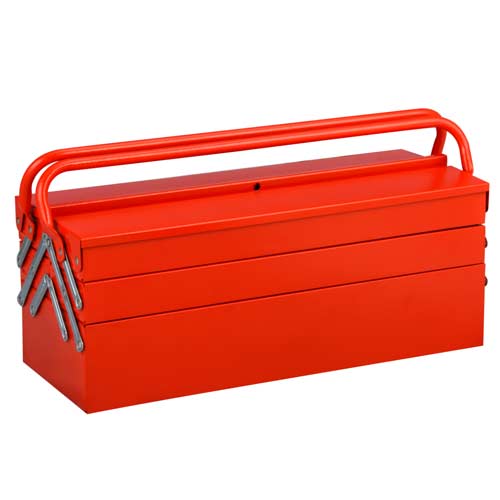 Large Metal Tool Storage Box
Large Metal Tool Storage Box
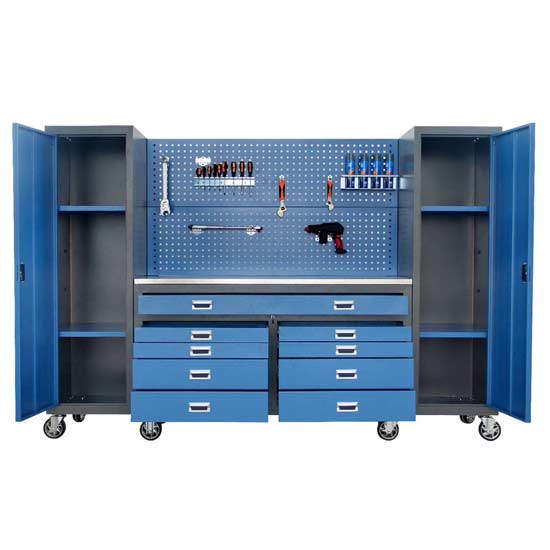 Blue Metal Tool Cabinet
Blue Metal Tool Cabinet
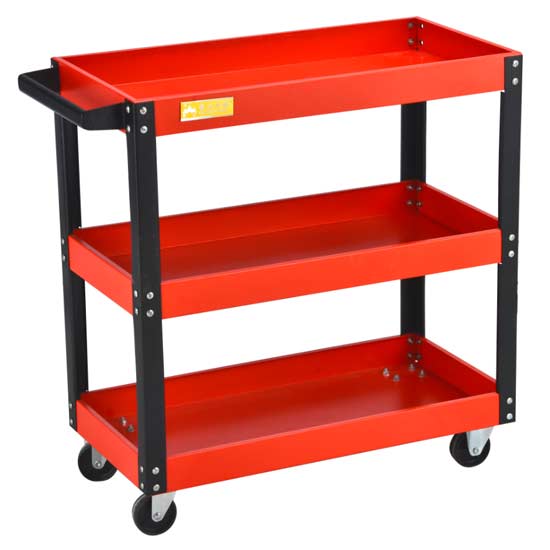 Red Steel Tool Trolley
Red Steel Tool Trolley
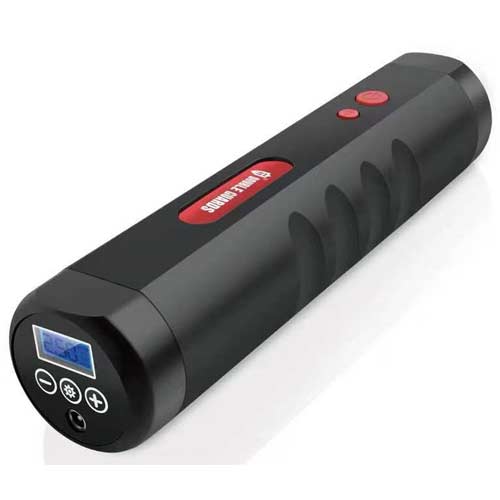 Portable Tire Inflator
Portable Tire Inflator
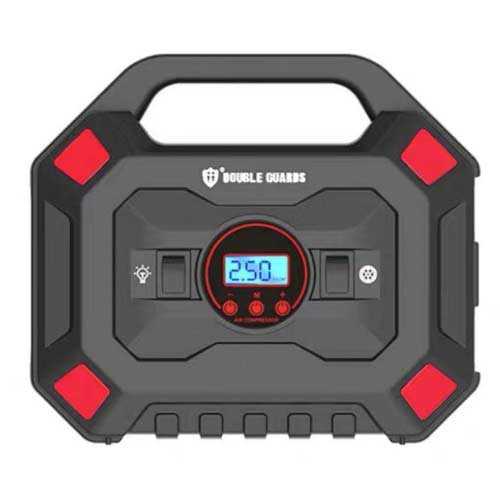 Custom Tire Inflator
Custom Tire Inflator
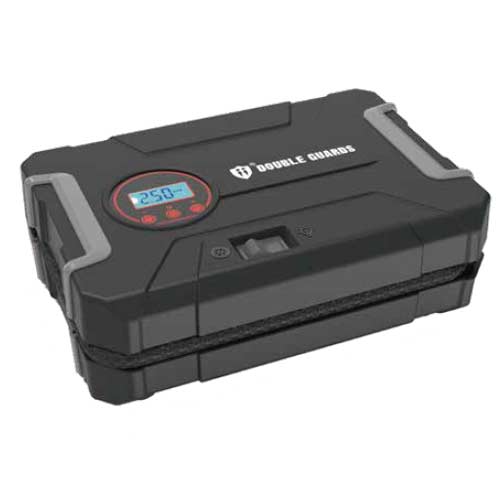 Tire Pressure Pump
Tire Pressure Pump
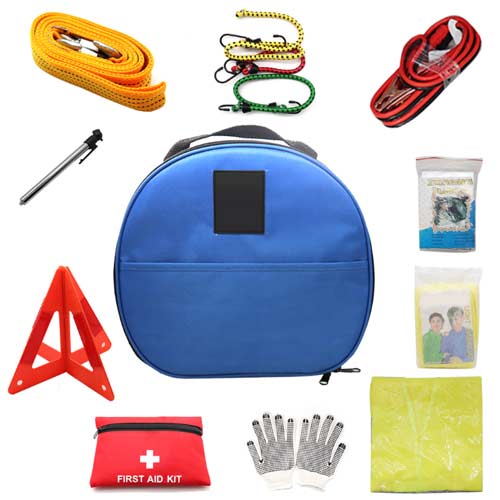 Auto Emergency kit
Auto Emergency kit